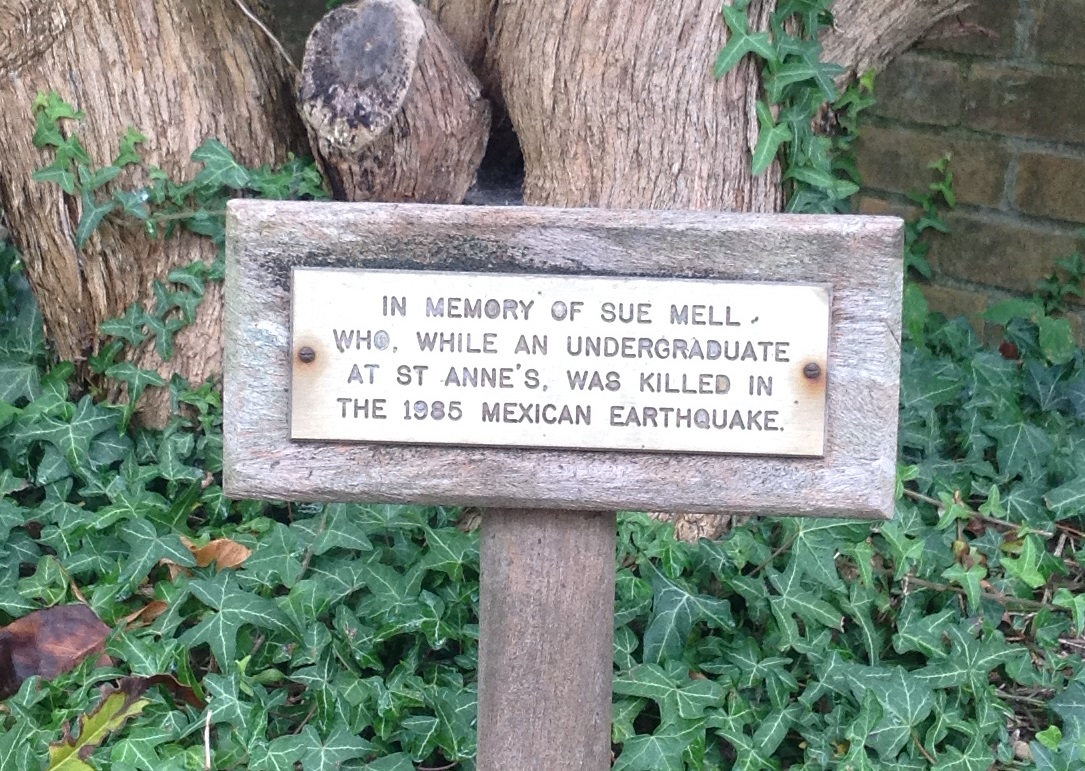As a volcanologist based in the UK, I am in the privileged position of rarely being affected by the natural events that I study. And, although I have worked for extended periods of time in earthquake-prone regions, I have never experienced anything more than the gentle nudge of a small tremor.
Thirty years ago, shortly after 7 am local time on 19 September 1985, Mexico City was struck by a large earthquake. The epicentre was near the Pacific coast, and the main event had a magnitude of 8 – just a little less than the September 2015 Illapel earthquake in Chile. Listening in the UK to BBC reports, it soon became clear that there was a terrible disaster unfolding – even though the conurbation was hundreds of kilometres from the epicentre, there was considerable damage to hundreds of buildings across the city. Later analysis revealed an unusual feature of the damage – most of the buildings that collapsed were 5 – 20 stories high; while the majority of both shorter, and taller, buildings were undamaged. This feature arose from the local geology – much of the city is built across old lake deposits. The layer of lake sediments acted to amplify the ground motion as the seismic waves passed by, leading to strong accelerations, and a characteristic period of around 2 seconds. Buildings with a natural period of vibration close to 2 seconds would have begun to resonate, and eventually fail catastrophically, as the strong shaking continued for several minutes. The result of this was a shocking pattern across the city of collapsed buildings cheek by jowl with others that showed no signs of damage.
Among the many thousands who lost their lives were several British language students, who had just arrived in Mexico City on their way to their ‘year abroad’ teaching assignments across Latin America. One, Helen Cawthray, was a linguist at St Catharine’s College, Cambridge; a contemporary and friend of mine. Another, Susan Mell, was a linguist at St Anne’s College, Oxford, where I now teach Earth Sciences. A poignant reminder not only of the random element of disasters, but also of their global reach. As we look back on the thirty years that have passed, the question remains: have the lessons been learned? Or might it all happen again?

